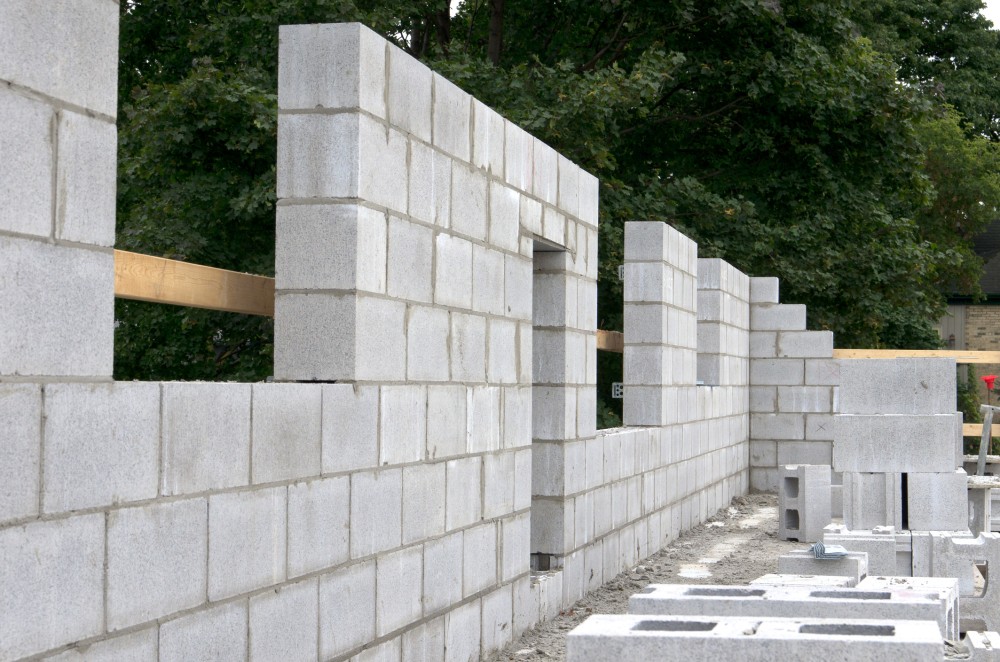Emissions from concrete are responsible for 7% of global greenhouse gas emissions, yet it remains a favoured construction material. Canada has set out to play a leading role to decarbonize cement and concrete as part of its Action Plan to 2030. During last year’s UN Climate Change Conference (COP28), Canada and the United Arab Emirates launched the Cement and Concrete Breakthrough initiative under the Breakthrough Agenda, which promotes global cooperation in the sectors that contribute the most to greenhouse gas emissions. Alongside the other Breakthrough initiatives to decarbonize power, road transport, steel, hydrogen, buildings and agriculture, the Cement and Concrete Breakthrough initiative aims to make low-carbon cement the preferred worldwide option. While we’re making good progress, more needs to be done if we are to fulfill our international climate commitments, and 2030 is drawing near.
So far, the countries participating in the Cement and Concrete Breakthrough initiative have identified five priority areas: definitions, standards, and certification; demand creation; collaborations, education, innovation and scale-up of existing technology; finance and investment in ecosystems; and coordination between countries.
Concrete design and production have changed very little over the past century — until recently. With the industry now offering a wide range of lower-carbon products, building confidence in these products and their applications is essential for the construction sector. However, lack of knowledge internationally and domestically continues to be one of the greatest barriers to adopting lower-carbon concrete. To fill this gap, knowledge transfer between participant countries is needed.
Decarbonizing operations is no small act for cement producers, and scaling up will require meaningful public investment. Canada has provided support for the domestic cement industry to decarbonize through the carbon capture utilization and storage tax credit, using pollution pricing revenues to fund decarbonization, and providing funding through the Strategic Innovation Fund. Signatory countries to the initiative are also expected to provide financial support to help developing, or newly industrialized, countries decarbonize construction materials for buildings and infrastructure. Canada has also demonstrated leadership through a recent announcement it would provide Thailand with $8 million over three years to help the country decarbonize its own cement industry. Supporting international decarbonization is key as nearly 8% of global cement production needs to be net-zero by 2030 to keep pace with our 2050 climate targets.
“Concrete production presents environmental challenges that we are working to solve as part of our plan to build a cleaner, greener economy. The Priority Actions for the Cement and Concrete Breakthrough will guide collaborative efforts toward decarbonizing the global cement and concrete industry. This way, we can meet the growing global need for cement and concrete while reaching our shared goal of net-zero concrete by 2050,” said the Honourable François-Philippe Champagne, Minister of Innovation, Science and Industry.
Demand creation is essential for providing investor confidence and signalling market direction. Governments can create demand through their own procurement policies. With 30% of Canada’s public construction spending going towards cement and concrete, buying low-carbon products expresses confidence in the product and sends a strong demand signal to producers. Canada has taken steps to increase demand through the Federal Standard on Embodied Carbon in Construction.
Definition of the five priority areas is a critical first step. Now countries must work together to strengthen their commitments to these actions to collectively tackle the challenges that underpin the decarbonization of the global sector. Canada has already done some of this work domestically and, in 2022, published a Roadmap to Net-Zero Concrete by 2050, which puts forward a strong plan to decarbonize the sector and support the widespread acceptance and proliferation of low-carbon cement and concrete across Canada. The roadmaps provide a strong example for how other countries may want to think about their own net-zero strategy. Although not a requirement of the Breakthrough, roadmaps and targets can help countries understand when strategies aren’t working and pivot as needed. 2030 is rapidly approaching and, if we are to meet our international climate commitments, there is still much work to be done to help one of the world’s favourite construction materials move towards net-zero.






